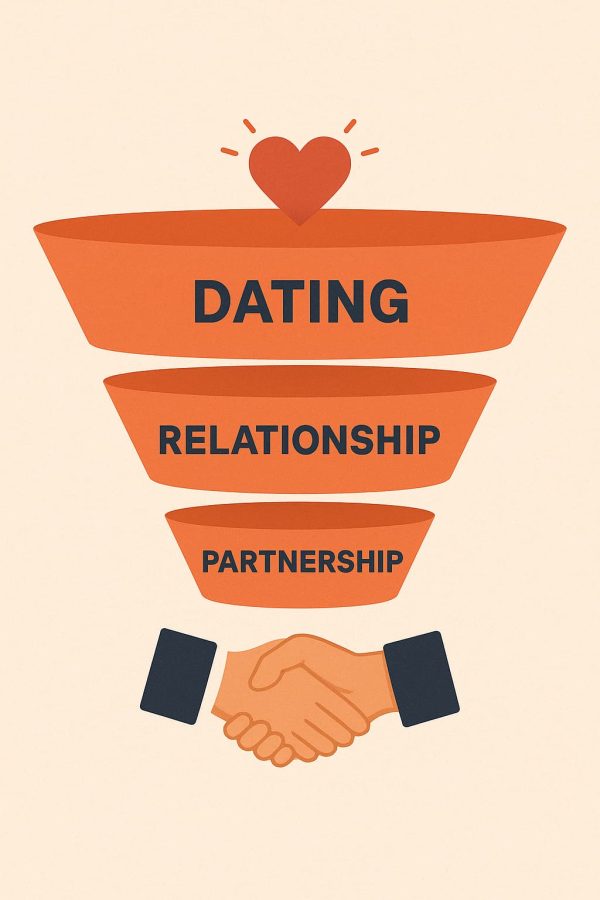Taking lead generation from one-offs to lasting relationships
Too many B2B lead generation strategies look like one-night stands: flashy campaigns, quick wins, and short-lived interactions. Sure, they can feel good in the moment. But they rarely lead to sustainable growth or revenue.
And this is why we put a lot of emphasis on helping clients move beyond these fleeting encounters. Our mission is to help businesses build lasting relationships with their leads. Relationships rooted in trust, value, and long-term success. With our expertise in HubSpot, content-driven lead generation, and marketing automation, we guide clients in creating strategies that nurture prospects into partners.
What your business really needs isn’t just leads. It’s partnerships. Connections that grow stronger over time and turn prospects into loyal customers. And to see why this shift matters, let’s first look at the pitfalls of “one-night stand” lead generation.
The issue with quick wins in lead generation
We get it: going for quick wins can look like an attractive solution at times. But here are some issues we regularly see:
-
Vanity metrics over value: marketing teams tend to chase clicks, downloads, or MQLs without a nurturing plan.
-
Spray-and-pray tactics: Broad, untargeted campaigns that attract everyone but resonate with no one.
-
Transactional interactions: Asking for too much (like a demo request) before building trust.
These approaches might give you a spike in leads, but most won’t convert. Or worse, they damage your brand’s credibility.

Shift to long-term relationships
To move beyond transactional lead generation, marketers must reframe the process as a journey, not a one-off encounter. That means prioritizing trust, personalization, and ongoing value.
Here’s how.
1 - Know your Ideal Customer intimately
‘One-night stand’ lead generation is vague: “Let’s attract as many people as possible.” Long-term lead generation, on the other hand, is intentional: “Let’s attract the right people with the right message.”
Before you lose yourself in quick-win thinking, invest in ideal customer profiles (ICPs) and buyer personas. Map out their pain points, goals, and decision-making processes. You can use HubSpot’s buyer persona tool for this.
2 - Deliver value before asking for commitment
You wouldn’t propose marriage on a first date. And you shouldn’t push for a demo on first contact with a lead. Instead, focus on education and problem-solving.
Examples:
-
Research reports that highlight industry trends
-
Playbooks and frameworks that they can apply immediately
-
Webinars that solve urgent challenges
These tactics offer value first, building trust instead of immediately trying to close the deal.
3 - Build trust through consistent touchpoints
Relationships are built over time. In lead generation, that means multi-channel lead nurturing, like:
-
Personalized email drips based on behavior
-
Retargeting ads with value-driven content
-
Social engagement (sharing insights, not just offers)
Consistency means reliability, which is the foundation of trust.
4 - Personalize the experience
If you get lots of marketing emails like we do, then you know: a one-size-fits-all approach feels shallow. It feels like they aren’t even trying. But personalization (based on industry, role, or funnel stage) creates intimacy.
Tools like HubSpot workflows or ActiveCampaign allow you to trigger tailored emails, content recommendations, and CTAs that feel relevant instead of generic.
5 - Align sales and marketing around the relationship
Nothing kills a budding relationship like misaligned expectations. If marketing hands off unqualified leads to sales, both the prospect and your internal teams lose trust. And if sales gets a qualified lead from marketing, but then doesn’t follow up correctly, the same thing happens.
Use lead scoring, qualification frameworks, and automated hand-offs to ensure only those prospects that are ready to buy reach your sales team.
6. Continue the relationship after sales
True long-term relationships don’t end at the sale; they continue long after that as your organization delivers its services. The relationship deepens. That means:
-
Customer onboarding journeys
-
Nurture campaigns for upsells and cross-sells
-
Advocacy programs that turn clients into brand ambassadors
ROI of relationship-based lead generation
Companies that prioritize relationship building over transactions benefit from:
-
Higher quality leads
-
Shorter sales cycles (because trust reduces friction)
-
Increased lifetime value
-
More referrals and word-of-mouth
In other words, long-term relationships are not just “nicer”: they are actually more profitable.
If your lead generation feels like a series of one-night stands, it’s time to rethink your approach. Sustainable growth comes from treating prospects like partners, not conquests.
The CMOs and digital marketers who win in 2025 and beyond won’t be the ones with the flashiest campaigns. They’ll be the ones who build relationships. Brick by brick, click by click, and conversation by conversation.
Because in B2B, just like in life, lasting relationships beat fleeting encounters every time.
B2B lead generation
Generating leads for your organization can be challenging. Download our free lead generation guide and start generating leads more efficiently and consistenly.